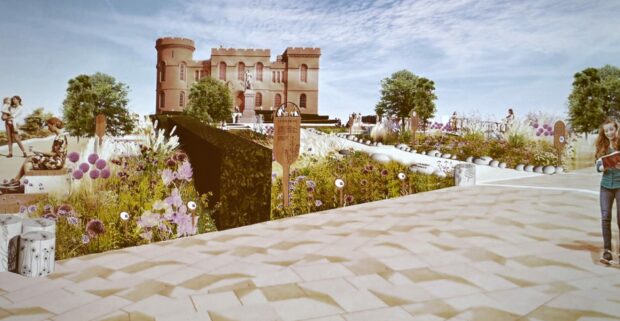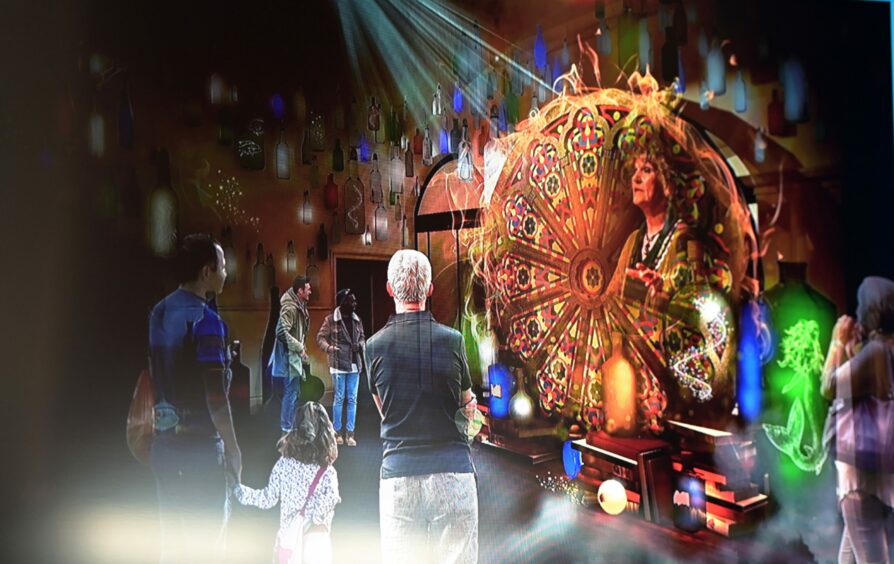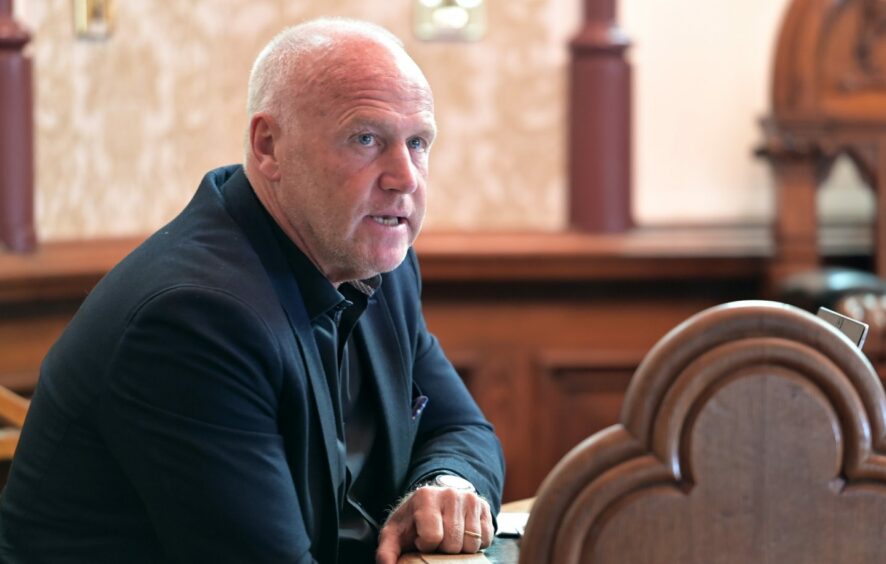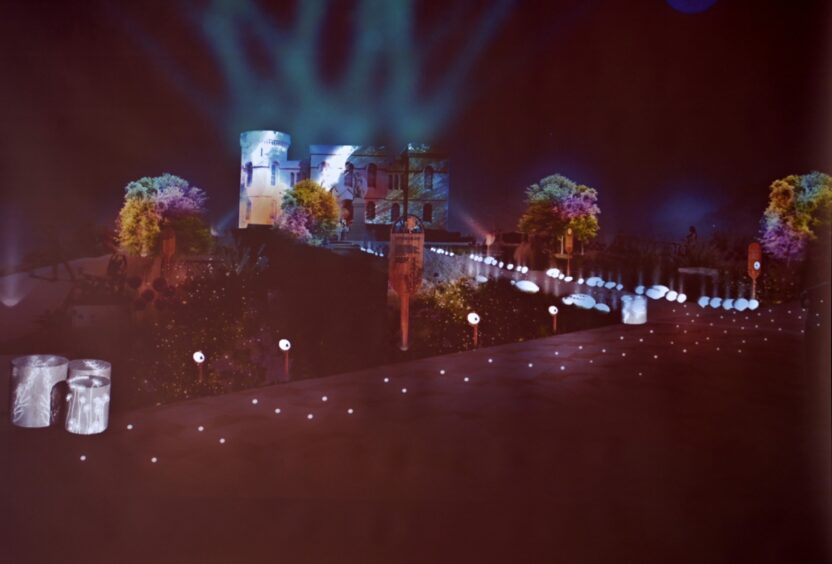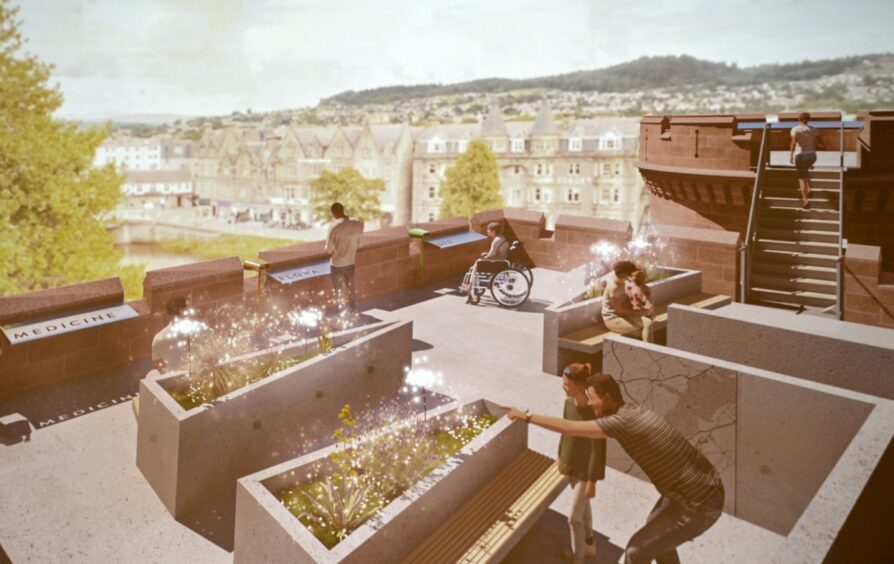Spectacular plans for grade-A listed Inverness Castle have been unveiled as refurbishment work starts to kick in on the building which council bosses hope will see 500,000 visitors pour through its doors from 2025.
The £35.9m project which has seen Bancon Construction tasked with the next phase, has secured cash injections from the UK and Scottish governments and Highland Council as well as Highlands and Islands Enterprise (HIE).
The castle, which has endured a turbulent history since the twelfth century, will feature prices thought to be in the region of less than £10 for adults and £5 for juniors, as well as plans to offer discounts to locals, schools and tour groups.
Initial concept designs for the visitor experience in the gardens and south tower show the transformation of the interior of the castle from its use as a prison and courtroom to an attraction to appeal to locals and overseas tourists alike.
“Something here for everyone”
What visitors can expect to see was revealed by exhibition designers Mather & Co, which has completed work on famous attractions such as the Gretna Green Experience, Downton Abbey: The Exhibition and the R&A World of Golf Museum in St Andrews.
“There is something for everyone here,” Mather chief executive Chris Mather told the Press and Journal. “We don’t use technology for technology’s sake – everything we do is to tell a story.”
The castle, which will see Gaelic heavily promoted, will use audio, interactive and digital technology to bring to life what is termed the “Spirit of the Highlands” through stories of landscape (cruth-tìre) heritage (dualchas), culture (cèilidh) and community (coimhearsnachd).
Guided with traditional Scottish storytelling, visitors will connect to Highland tales through a series of themed immersive rooms, where they can walk through forests, gather round the fire for story time, join in a cèilidh and witness stirring moments of local history.
Significant number of Highlands and Islands skills needed
Such a massive amount of work will trigger a huge range of skills being sourced regionally with a jobs boost, including apprentices, rippling across the Highlands and Islands and tapping into skills such as stonemasonry, roofing, bricklaying, joinery, electrical work and plumbing.
“One contract we have with Bancon, it is written in we want to maximise the amount of local work,” said Highland Council principal project manager Jason Kelman who as an Inverness resident has also overseen work on the city’s iconic Town House, Victorian market and steeple.
“We are working on 90% of the workforce being sub-contractors on the Highlands and Islands. They have to show us how many apprentices there will be.”
Some 86 full-time equivalent jobs will be created once the castle is refurbished, while hundreds more direct and sub-contracted will be needed to carry out the major work.
Invernessians will be front and centre of the regeneration plans with the gardens and café being heavily promoted to locals, while events and festivals will also form a key plank to attract custom.
“The local audience is just as important to us as visitors,” added Inverness Castle project director Fiona Hampton. “You will be able to sit on a warm, sunny evening and enjoy the views, enjoy a glass or cup of something.”
The castle is also looking at offering a potential discount to Inverness residents holding a High Life card.
Inverness has had a castle since the 12th century
Around 1730 the castle was fortified as an anti-Jacobite military base and barracks (and called Fort George).
It was blown up in 1746 in the aftermath of Culloden.
After lying derelict for a while, a courthouse was built on what is now the south tower.
It was followed by a north tower in the 1840s, used initially as a jail and later as a court and then offices.
